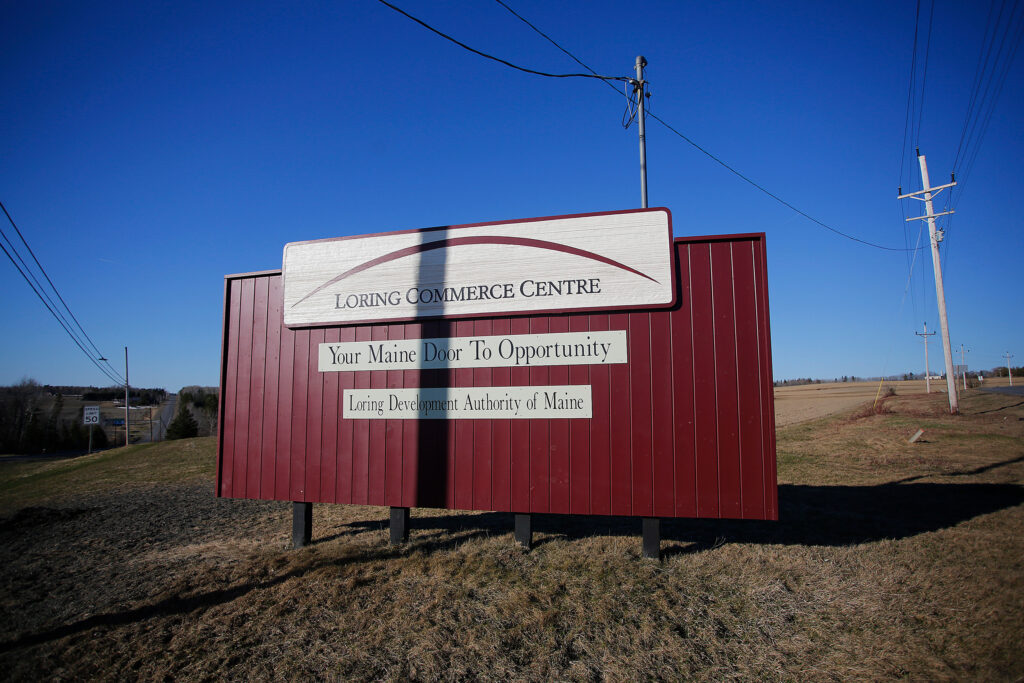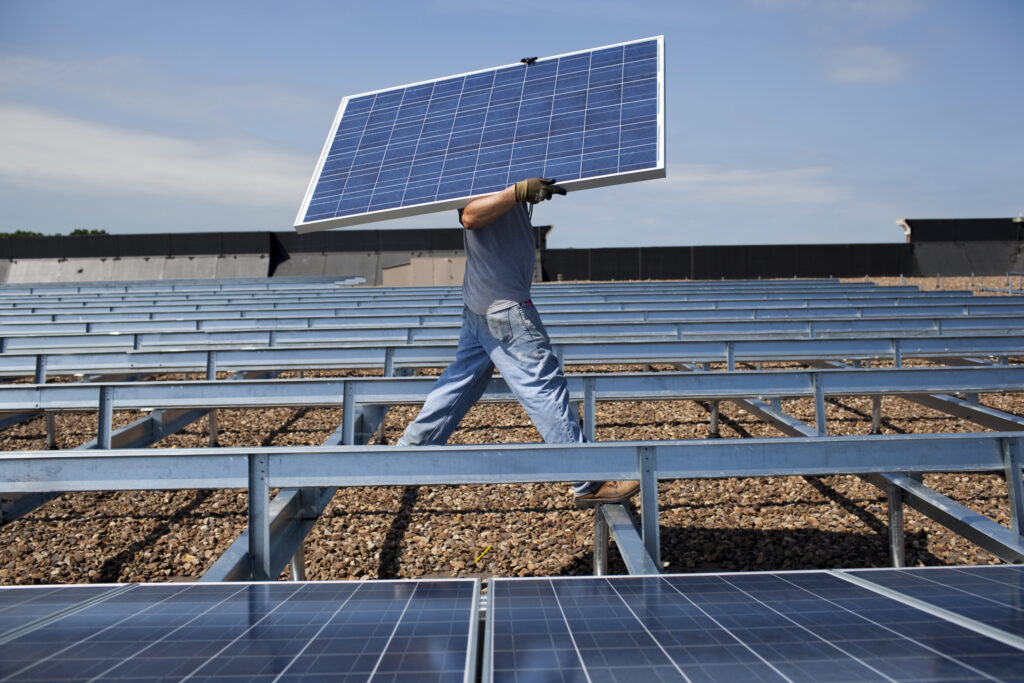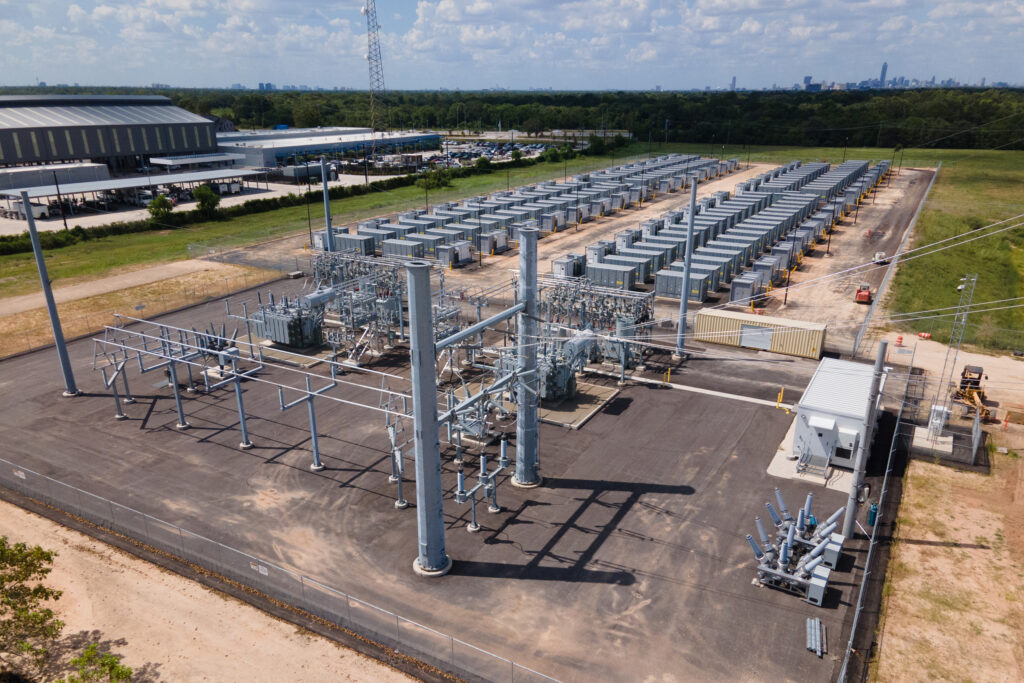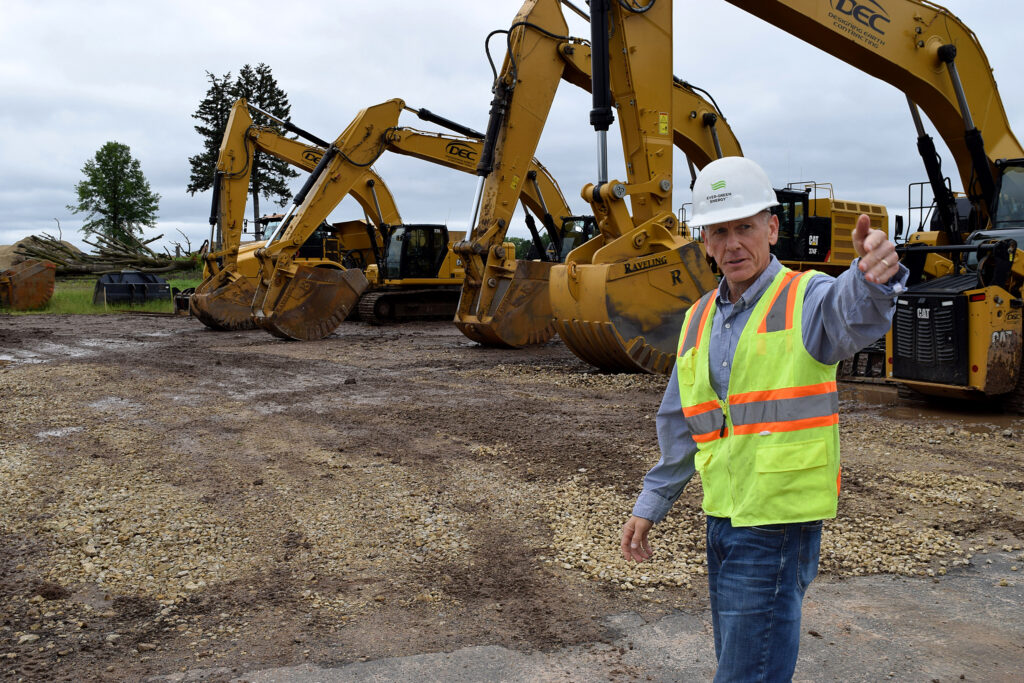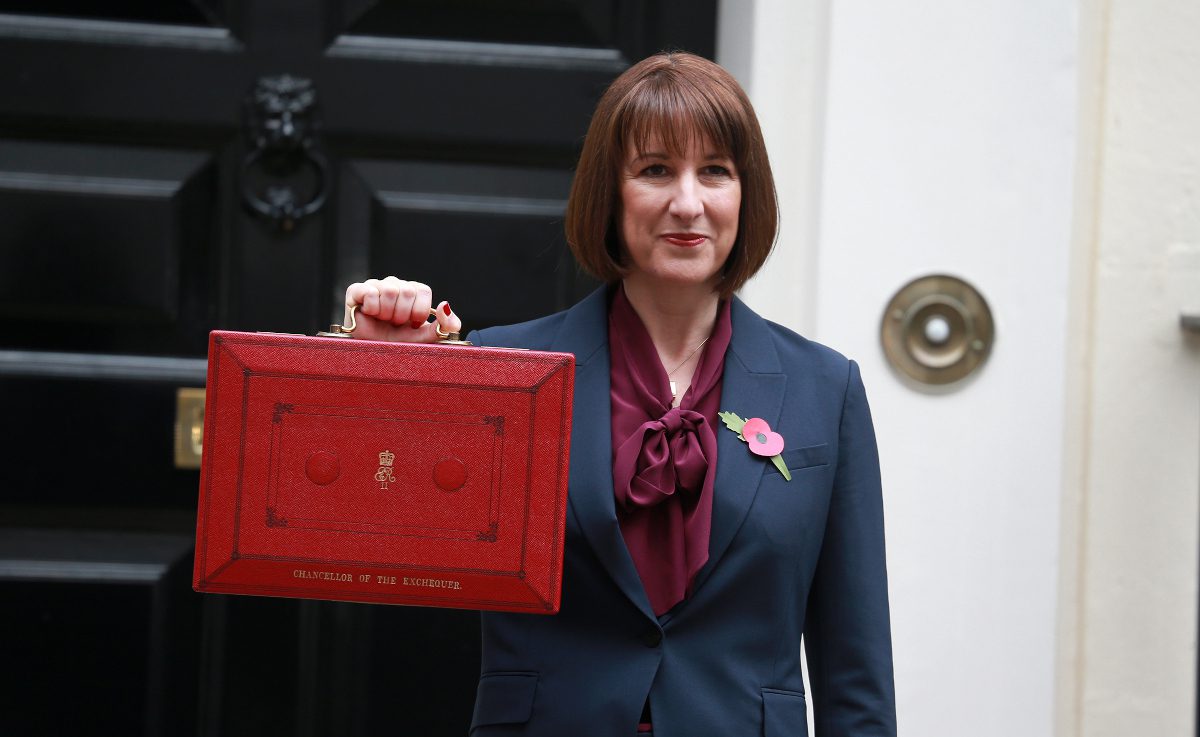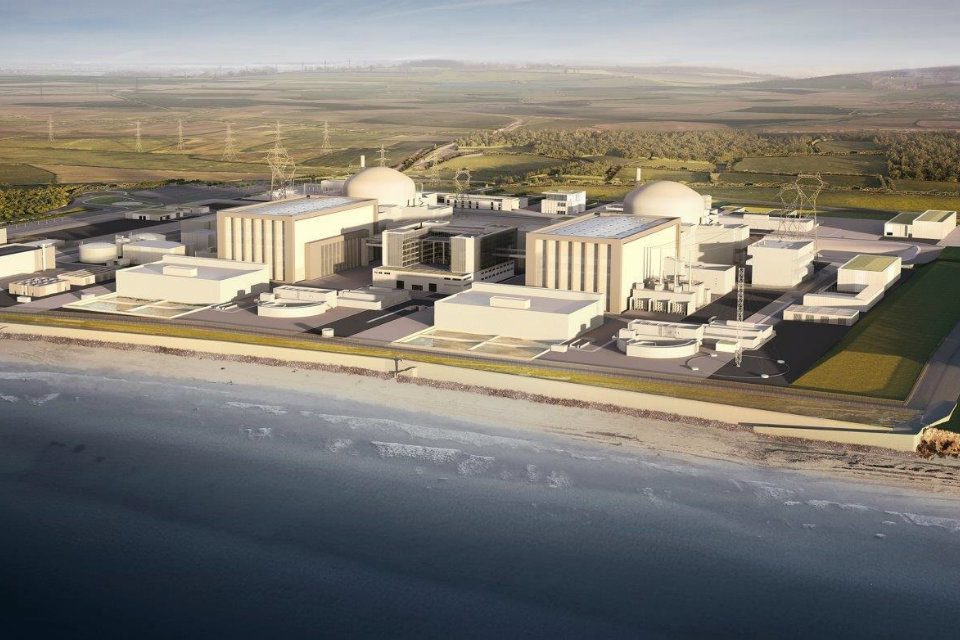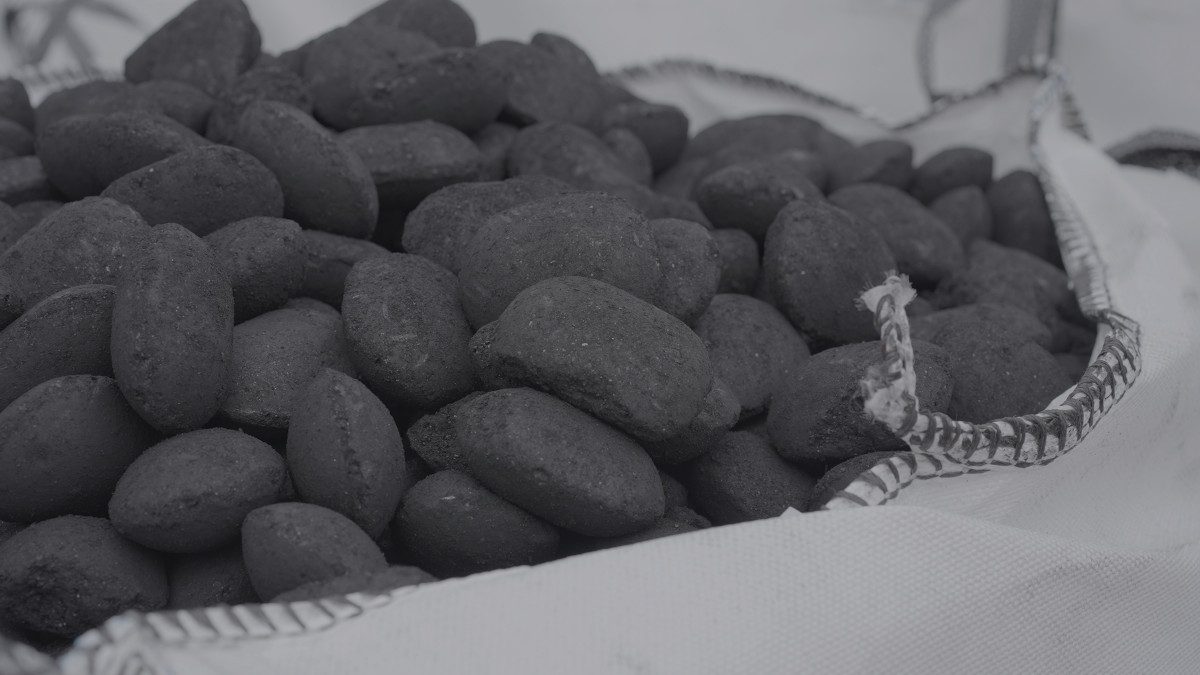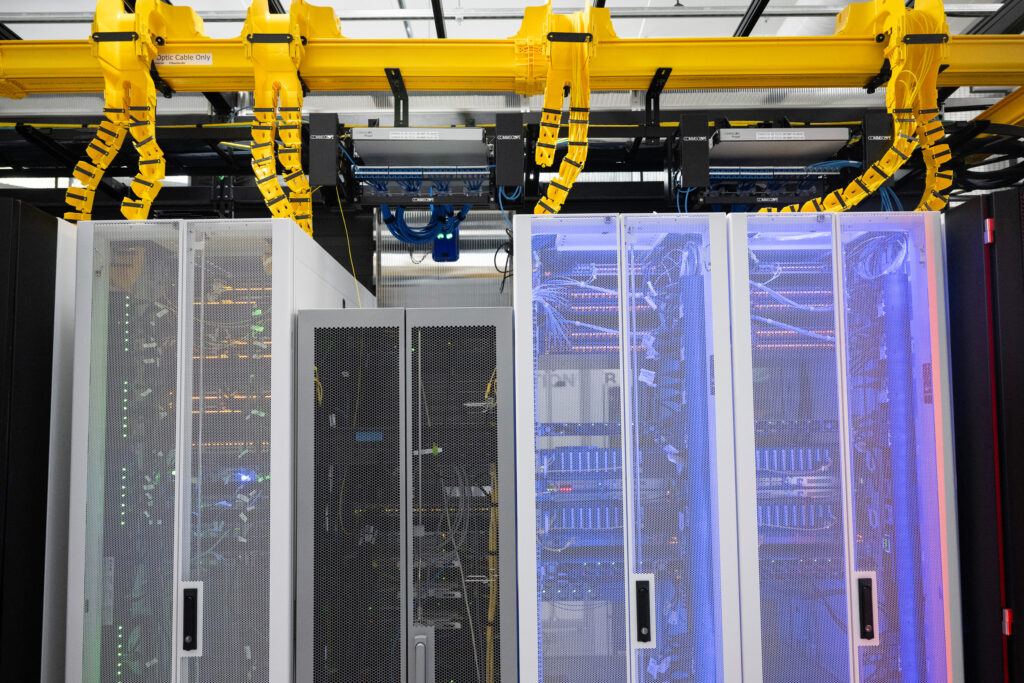At the foot of Wyoming’s Big Horn Mountains sits a mine potentially full of minerals crucial for renewable energy, yet capable of drawing praise from some of the United States’ most ardent supporters of fossil fuels.
On July 11, the U.S. secretary of energy Chris Wright, the former CEO of a hydraulic fracturing company, joined former West Virginia Senator Joe Manchin and Wyoming’s congressional delegation and governor, Mark Gordon, at the ribbon cutting ceremony for Ramaco Resources’ Brook Mine, which could one day become just the second source of rare earth minerals in the U.S.
But the minerals, including but not limited to scandium, gallium, germanium, praseodymium, neodymium, terbium and dysprosium, are locked up in coal, according to Ramaco—and it is that coal that has driven Republican enthusiasm for the mine.
Rare earth minerals are critical components in a long list of technologies, including solar cells, wind turbine rotors, batteries, magnets, missiles, motors, semiconductors and smartphones. A vast majority of the world’s known critical mineral deposits lie in Asia, particularly in China.
But as Ramaco looks to bring the Brook Mine online in 2027—July’s ribbon cutting marked the opening of a pilot plant—some wonder what kind of domestic market it will find after President Donald Trump and congressional Republicans gutted federal incentives to boost the development and manufacturing of renewable energy technologies earlier this month.
“I would argue that a large portion of the projected need [for rare earth minerals] is in clean energy,” said Steve Feldgus, former principal deputy assistant secretary for land and minerals management at the Department of the Interior.
Despite his disdain for renewable energy, Trump has been eager to mine more rare earth minerals, signing an executive order expediting the permitting process for mines to extract the elements in March.
Ramaco hasn’t indicated whether it intends to sell the coal, a costly form of energy and a major contributor to the climate crisis, after the rare earth minerals have been extracted from it. But much of the enthusiasm Wright showed for the mine stemmed from coal’s presence. In a video posted on X, formerly Twitter, the secretary of energy indicated that the mine would be able to salvage coal.
“You’re going to see a lot more of big, beautiful, clean coal!” Wright wrote on the post, which noted that he was celebrating not only the opening of a mine for rare earth minerals, but also the first coal mine to open in Wyoming in 50 years.
Many observers believe the primary impetus for Ramaco to dig the mine is the rare earth minerals, which were valued at $37 billion in 2023. The company has analyzed one-third of the mineral deposit, according to a July letter to shareholders signed by CEO Randall Atkins, and Ramaco’s pilot project will test processing techniques for rare earths.
Broadly, “there is a rare earth element resource [in coal],” said Lauren Birgenheier, a professor of geology and geophysics at the University of Utah. In the Brook Mine’s case, “how excellent it is is still probably to be determined, but it appears excellent enough for them to feel like they can move forward.”
With only a third of the mine mapped and rare earth prices subject to change—Ramaco’s price estimate for scandium, a crucial component of fuels cells used in hydrogen-powered machines, was over 200 percent higher than the U.S. Geological Survey’s (USGS) estimate of $1.2 million per metric ton—Feldgus said it was too soon to say for sure what the mine’s future holds.
“It’s still going to be a little bit longer before they can say that ‘this is actually what we’re going to mine,’” he said.
Ramaco did not respond to questions about whether it could sell coal from the mine or what accounted for the difference between its price estimates and the USGS’ price points.
Despite its support for policies that depress U.S. renewable energy markets, Wyoming’s congressional delegation, made up entirely of Republicans, lauded the effort to extract rare earth minerals in statements released after Ramaco’s groundbreaking ceremony.
Wyoming Senator John Barrasso said the mine will “support American industries, and strengthen our supply chains.” Cynthia Lummis, the state’s other senator, added that the mine “will produce resources needed to achieve energy independence and grow our economy.”
But where the domestic demand for those minerals will come from is uncertain, as many of the industries they would supply face questionable near-term futures in the U.S. after President Trump signed legislation earlier this month gutting many incentives for renewable energy technologies.
“The excitement over rare earths is sort of at odds with the destruction of demand for clean energy,” Feldgus said. “The magnets that a lot of these minerals go into, I mean, those are critically important for electric motors, for turbines, for anything that is built off the clean energy economy.”
About This Story
Perhaps you noticed: This story, like all the news we publish, is free to read. That’s because Inside Climate News is a 501c3 nonprofit organization. We do not charge a subscription fee, lock our news behind a paywall, or clutter our website with ads. We make our news on climate and the environment freely available to you and anyone who wants it.
That’s not all. We also share our news for free with scores of other media organizations around the country. Many of them can’t afford to do environmental journalism of their own. We’ve built bureaus from coast to coast to report local stories, collaborate with local newsrooms and co-publish articles so that this vital work is shared as widely as possible.
Two of us launched ICN in 2007. Six years later we earned a Pulitzer Prize for National Reporting, and now we run the oldest and largest dedicated climate newsroom in the nation. We tell the story in all its complexity. We hold polluters accountable. We expose environmental injustice. We debunk misinformation. We scrutinize solutions and inspire action.
Donations from readers like you fund every aspect of what we do. If you don’t already, will you support our ongoing work, our reporting on the biggest crisis facing our planet, and help us reach even more readers in more places?
Please take a moment to make a tax-deductible donation. Every one of them makes a difference.
Thank you,





